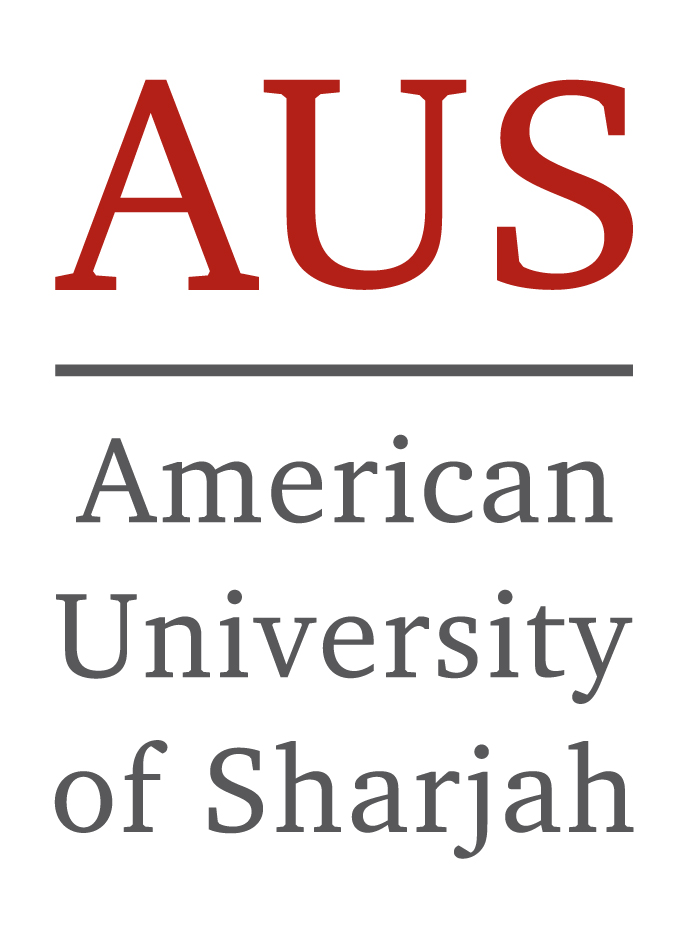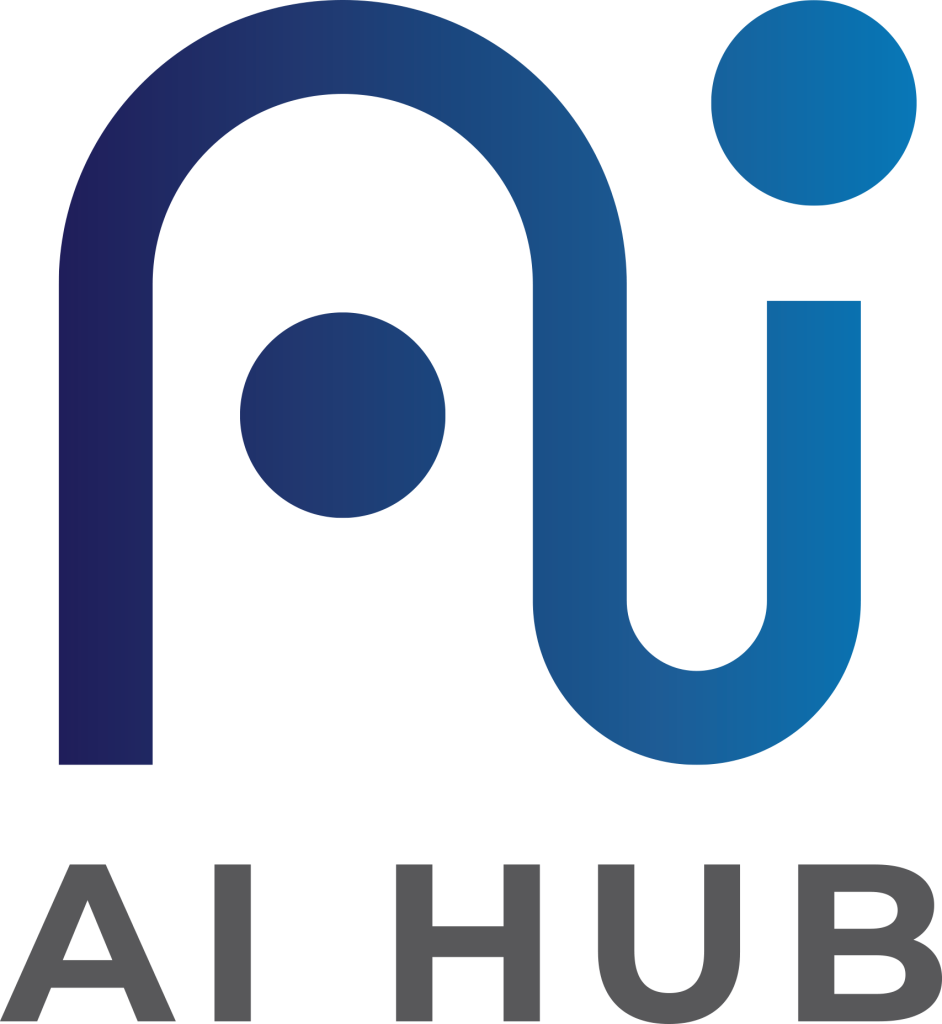Abstract
Generative artificial intelligence (GAI) or large language models (LLMs), such as ChatGPT, are viewed as a disruptive force that will fundamentally change the education sector.1 ChatGPT’s, and now GPT4’s, ability to generate coherent and contextually appropriate responses to complex prompts is considered a significant breakthrough in the field of conversational AI. It is already beginning to transform aspects of education, both positively and negatively.
LLMs/ChatGPT: A Big Deal
LLMs have several benefits in the education sector, as identified in Table 1. In general, LLMs can enhance the overall learning experience and give students access to vast amounts of additional information. For instance, LLMs can help students practice and improve their language skills.2 LLMs can generate interactive dialogues or create chatbots that simulate conversations with native speakers. They can also help make educational content more accessible to students with disabilities or those who speak different languages, by generating transcripts or subtitles for videos. They can also develop speech-recognition capabilities aimed at helping students with hearing impairments.

From the educators’ standpoint, LLMs can improve the efficiency of grading and feedback. For instance, educators can use LLMs to develop supporting methods, such as automated grading systems for essays, exams, and other written assignments.3 Additionally, LLMs can be used to develop personalized learning systems that can adapt to students’ individual needs and preferences.4 LLMs can generate customized learning materials or provide personalized feedback based on the student’s performance.5
However, there are some critical limitations to LLMs (Table 2). A key concern is a potential for bias. There is also a lack of transparency and accountability in the algorithms that underpin these models. It isn’t easy to interpret and understand the model’s output. These tools also have limited explanation capability. That is, they lack an understanding and the reasoning behind an output. In essence, many LLMs lack metadata links to properly attribute assertions to their sources.

Dilemmas Facing Academic Institutions and their Responses
LLMs such as ChatGPT have created dilemmas for academic institutions worldwide. As noted, LLMs such as ChatGPT can be a powerful tool for enhancing the learning experience. They provide students with access to vast amounts of information and improve the efficiency of grading and feedback. They can also help detect plagiarism by comparing student work against a vast amount of text to identify similarities.8
However, as also previously discussed, they also raise ethical concerns, such as the potential for bias and a lack of transparency and accountability in the algorithms that underpin the model. Some academics are also concerned that students can use tools such as ChatGPT to misrepresent their assignments.15 Because of these contradictory features of LLMs, academic institutions’ response to these tools has varied. Some institutions, such as Seattle Public Schools District, the Los Angeles Unified School District, New York City public schools,15 and Charlotte-Mecklenburg Schools in North Carolina in the United States16 are among many academic institutions worldwide that have banned LLMs such as ChatGPT. Many others, such as Switzerland’s Institut auf dem Rosenberg, the most expensive school in the world, encourage students to use such tools.17
Countermeasures to Combat Plagiarism
A major criticism of using tools such as ChatGPT in education is the potential for increased plagiarism by students, which is difficult to detect. As a countermeasure, AI tools are being developed to detect AI-generated text. These tools are expected to address plagiarism aided by AI tools, known as AIgiarism, tools that aim to distinguish AI-written text from human-written text, such as GPTZero and OpenAI’s Text Classifier, have emerged.18 Other online tools, such as Originality.ai, Writing.com, and Copyleaks can help detect AI-generated content by classifying how likely it was written by a person versus AI. However, they only work on shorter documents. Hence, for longer AI-generated text, OpenAI and others are also working on creating a watermark that will provide immediate identification.
An application called GPTZero that Edward Tian, a Princeton University student, developed can allegedly identify text authored by AI.18 The tool assumes that humans produce less uniform writing than AI models. To detect whether a text is written by an AI, GPTZero analyzes the text’s perplexity and burstiness. Perplexity is a measure of how complex the text is. Burstiness measures how uniform a text is in terms of sentence length.
OpenAI’s classifier distinguishes between AI-written text from various providers and human-written text.19 The classifier is a language model trained on a data set of pairs of human-written text and AI-written text on the same topic. The tool rates the likelihood that the given text is AI-generated as very unlikely, unlikely, unclear if it is, possibly, and likely. And the plagiarism detector TurnitIn is enhancing its ability to recognize AI writing. Similarly, tools to identify AI-generated art are also being developed.
It is important to note that the potential plagiarism problem is not confined to written text or images but also extends to computer programming. For example, a recent study showed OpenAI’s GPT3 language model significantly outperformed most students in introductory programming courses20: according to the authors, this raises “an emergent existential threat to the teaching and learning of introductory programming.” Though these tools purport to detect AI-generated text, they can still be easily evaded by minor edits or slight alterations, even if successful. However, they cannot be the sole reliable evidence in deciding whether the text was AI-generated; they can complement other means.
Besides running text on an AI-content detector, we can look for other signs of AI-generated content, such as the lack of typos.8,19 AI-generated content rarely has typos, such as grammar mistakes or misspellings. (This article was edited with Grammarly, a prompting grammar checker vaguely resembling ChatGPT without the attitude). It is also known for overusing “the” and shorter sentences. AI-generated content is based on predictive language by determining which word should be following, so it commonly uses words such as “the,” “it,” or “is” instead of more unusual terms. One of the most prominent signs is the absence of cited sources and lack of analysis. Currently, most AI content generators cannot cite the source of information or data and can state facts without any insight.19
Research and Publication Implications
AI will undoubtedly create both opportunities and concerns for research. ChatGPT and other upcoming LLMs can help researchers summarize the literature, identify research gaps, understand concepts in other domains they can embrace in their work, improve their papers, write software for analysis and simulation, and help with research, such as designing experiments. They are likely to revolutionize research practices, accelerate innovation, make science more equitable, and increase the diversity of scientific perspectives.21
However, concerns have been raised regarding the impact of these tools on research quality, transparency, and creativity. One view is that researchers should acknowledge the use of AI tools in their work and not name such tools as coauthor or coresearcher. This is arguable because AI tools cannot and should not be held accountable and responsible in case of serious ethical lapses, such as research misconduct.22 In such situations, human researchers and authors are liable, not the machine. Several issues concerning the implications of GAI on research and development need further discussion among stakeholders.21
Recommended Educational/Assessment Strategies in the Age of GAI
The labor market is changing drastically due to the rapid diffusion of AI among organizations. Today’s students are going into jobs where they do not necessarily work with humans. Equipping students for the future labor market is a key responsibility of academic institutions.
In the future, success in many careers will require working with LLMs or GAI programs effectively.23 Students who lack the skills to use such models will be severely disadvantaged when they enter the workforce. To remain competitive in the workforce, students must learn how to effectively use LLMs, even if just effectively prompting them to get a good output and assessing the output’s quality, accuracy, and originality. Academic institutions need to educate students on how to use such tools ethically. It is also crucial for students to understand how such models work and know their limitations. Thus, academic institutions must adapt to the AI era to remain relevant and competitive.
Academic institutions concerned about academic integrity can take various measures to make assignments cheat-proof.3,18,23 Some universities are implementing policies that require students to add an appendix to papers and other take-home assignments to explain the details of AI use. Some normally do not allow AI tools in in-class examinations, tests, or assignments absent any available technology. To assess students’ knowledge, teachers can also ask students to orally present their written work. To minimize cheating and maintain academic standards, teachers can run the assignments through ChatGPT before giving them to students.23 Finally, to date, ChatGPT’s training data goes up until 2021. This means that it cannot access real-time news updates.21 Educators can then focus the assignments on more recent news events.
LLMs like ChatGPT can generate human-like text for almost any topic and writing style. As a language model, ChatGPT can provide personalized and adaptive learning experiences to students. It can analyze students’ responses to questions and adapt the material to their individual learning modalities. Additionally, it can assist teachers in grading assignments and providing feedback to students in real time.
While LLMs can potentially transform education in many ways, it is important to approach their use cautiously. The potential ethical and social implications of their use need to be considered. It is also important to ensure that LLM-based educational tools are designed to be accessible, inclusive, and effective for all learners.
Like any AI system, LLMs such as ChatGPT can make errors due to contextual misunderstandings, biases, and technical difficulties. Additionally, using ChatGPT could raise ethical concerns regarding transparency and accountability, especially in academic settings where students may misrepresent their work.
Future research in understanding LLMs’ shortcomings and improving their performance would lead to better education outcomes. For now, there are still many challenges to overcome before ChatGPT can be fully integrated into the education system.
Authors
Norita Ahmad, American University of Sharjah, Sharjah, United Arab Emirates
San Murugesan, BRITE Professional Services, Sydney, Australia
Nir Kshetri, Bryan School of Business and Economics, University of North Carolina at Greensboro, Greensboro, USA







